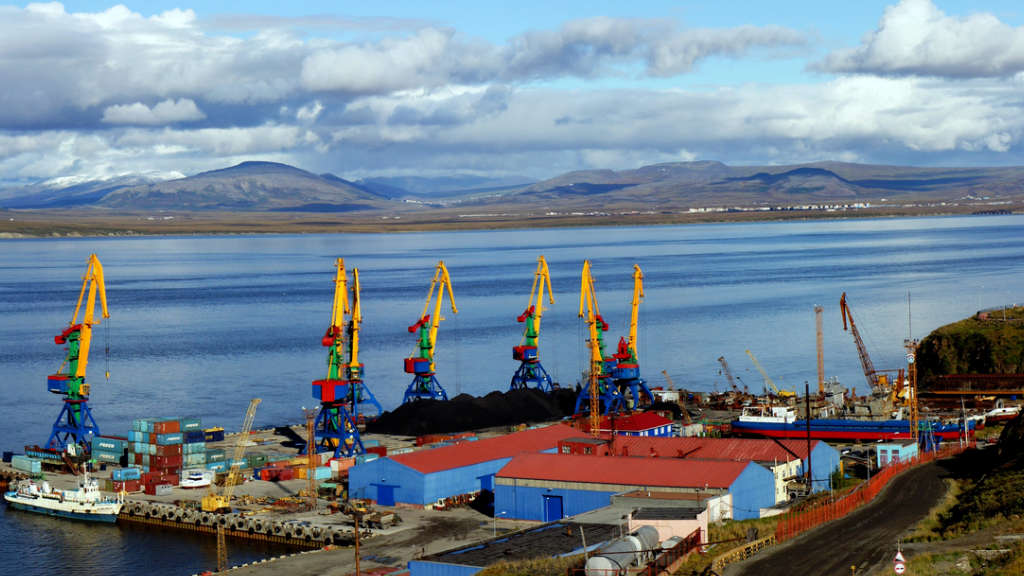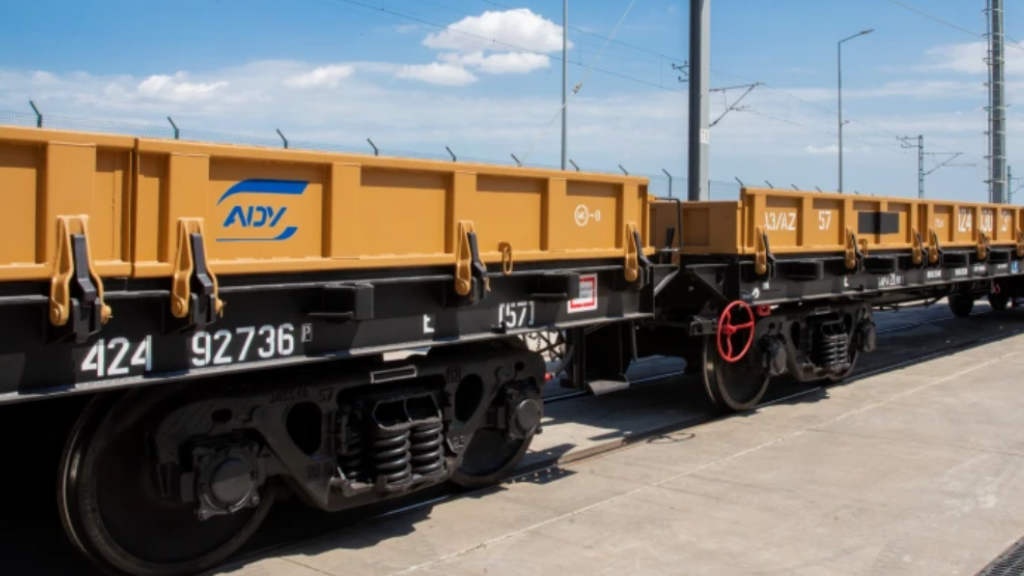China and Russia are planning to build a nuclear power plant on the Moon to power the International Lunar Research Station (ILRS), a project it is developing with Russia starting with the Chang’e-8 mission. The plan was revealed by Pei Zhaoyu, chief engineer of the Chang’e-8 mission in April 2025.
The Chang’e-8 mission, set to launch in 2028, will help prepare for a permanently staffed lunar base by 2030 and explore how to generate energy on the Moon. Although nuclear power is a strong option, other energy alternatives are being considered for the station as well.
Energy is one of the biggest challenges for the ILRS. “An important question for the ILRS is power supply,” said Wu Weiren, chief designer of China’s lunar exploration program. “In this Russia has a natural advantage; when it comes to nuclear power plants, especially sending them into space, it leads the world; it is ahead of the United States.”
The ILRS will need reliable, long-term energy source(s) to survive the extreme conditions on the Moon. Russia’s expertise with space-based nuclear technology will play a key role in planning.
In 2024, Russia’s space agency Roscosmos said it aimed to build a nuclear reactor on the Moon with China by 2035. This collaboration is intended to provide the ILRS with consistent power and to enable long-term lunar exploration missions.
While China has yet to officially announce its approval of the plan, Pei’s inclusion of the nuclear option in his talk to officials from the 17 countries and international organizations that support the ILRS suggests strong backing from Beijing.
While China and Russia are moving forward with the ILRS, the U.S. is also working on its return to the Moon through NASA’s Artemis program. America, the only country to have landed astronauts on the Moon, hasn’t returned since the final Apollo mission back in 1972. Now, NASA aims to land two astronauts on the lunar surface again in 2027 and then build a moon base.
NASA’s energy plans for its base include setting up large solar arrays on the lunar surface. The energy will then be distributed across the base using a network of pipelines and cables. The U.S. is also considering nuclear power for the Moon amid a global race for energy independence in space.
China’s schedule for building its moon base around the lunar south pole matches NASA’s timeline. Wu Weiren stated last year that a “basic model” of the ILRS, centered on the Moon’s south pole, would be completed by 2035.
Chang’e-8 and its related missions are part of this roadmap. In addition, China plans to launch the “555 Project”, an initiative to invite 50 countries, 500 international scientific institutions, and 5,000 overseas researchers to participate in the ILRS project.
China’s space program has dynamically developed over the past 20 years. After becoming the third country to launch a human into space in 2003 with the Shenzhou 5 mission, China landed its Chang’e 3 robotic rover on the Moon a decade later. It also became the second nation to land a Mars rover and plans to send humans to Mars by 2033.
If China successfully builds a nuclear power plant on the Moon, it could change the future of space exploration. It would open possibilities for large-scale space operations, including energy generation and cargo transport.
The Moon’s natural resources are another major reason for the race to establish a foothold there. According to experts, the Moon has valuable metal oxides, silicon, titanium, rare Earth metals, and aluminum deposits. Even more exciting is the presence of helium-3, a rare isotope not native to Earth that could, according to Chinese scientist Ouyang Ziyuan, “solve humanity’s energy demand for around 10,000 years.”
Further Reading
China Expected To Join Russia In Building The World’s Largest Fast Neutron Nuclear Reactor





